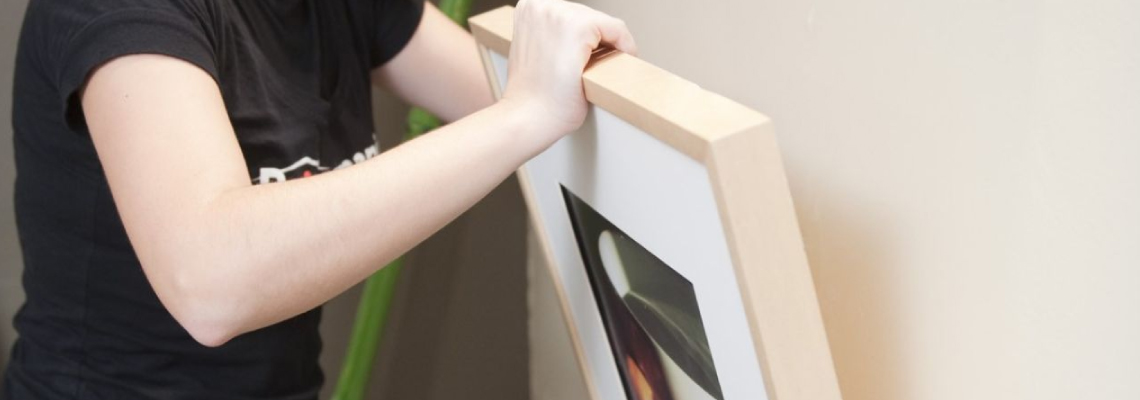
I have paintings in my collection, both my own and other artists, from recently completed to over 100 years old.
Some I have bought at auction or from galleries or directly from the artist. One of the many things I look for in a painting is it's condition.
I have paintings I did in the 1970's that still look virtually as fresh and blemish free as the day they were painted.The key here is the way it has been looked after.
In addition to my earlier post, I found this article on the internet. It's worth a read...
Caring for your painting will ensure its longevity. There are preventative measures that can and should be taken when owning an oil painting. Oils are one of the most sensitive means of artistic media, and damages are common. Handling of the artwork, changes in temperature, lighting, hanging, and storage can all cause different types of damage, including:
The cracking of paint, distortions of the canvas, fading and discoloration of the painting
Handling of the artwork too often will inevitably cause damage, so be certain to take preventative measures when moving the painting. Be sure to seal and insulate. In a move, this will prevent destruction from hot and cold temperature changes, as well as bumps and bangs. Bubble wrap your painting even if moving it in a protective portfolio. This way, if the cover is punctured, you still have a safety net.
Changes in temperature will cause your painting to stretch and shrink, just as your door frame does from winter to summer months. This can cause cracking of paint and/or canvas. Some variation is inevitable, but to avoid severe changes hang the painting somewhere in the home or office where humidity and temperature are reasonably constant. Avoid hanging the painting near doorways, windows, and air ducts (this includes fireplaces that are often in use). Bathrooms and kitchens (humidity, smoke, heat) are also a bad idea for your oil painting.
Lighting whether natural or artificial, will have negative effects on your painting in the long term. Never hang your painting in direct sunlight! This will cause fading of the paint, as well as frequent temperature change from day to night, which will cause cracking. Hang the painting on an outside wall (but not near a window) to avoid sun damage. In choosing the correct artificial lighting, try flood lighting or if using spots, use a low frequency bulb, as a high concentration of direct light will have the same effect on your painting as sunlight.)
Hanging Your painting is an important consideration. We've spoken about temperature damage, but you also want to consider 'people' damage. Avoid hanging your painting in an area where people may bump it. Your painting should theoretically be hung at eye level, but in narrow spaces like hallways, a bit higher wouldn't hurt. 8 to 10 inches breathing room above furniture should salvage the painting from mishap. Another consideration is cigarette smoke. If you have a designated smoke area, hang up a poster, this is not where you want your oil painting.
Store your painting with the same consideration that you hang it. Basements and Attics are not your best bet. Temperatures are typically very dry or very wet in these environments. Cover your painting on both sides with bubble wrap or corrugated plastic, box it up in cardboard, and store it in a closet that remains as close to room temperature as possible.
Cleaning your painting is risky. Very lightly and infrequently dusting with a lint free silk cloth or a soft brush may be okay, but it is best to rely on experts and professionals to help with full cleaning and/or repair.
